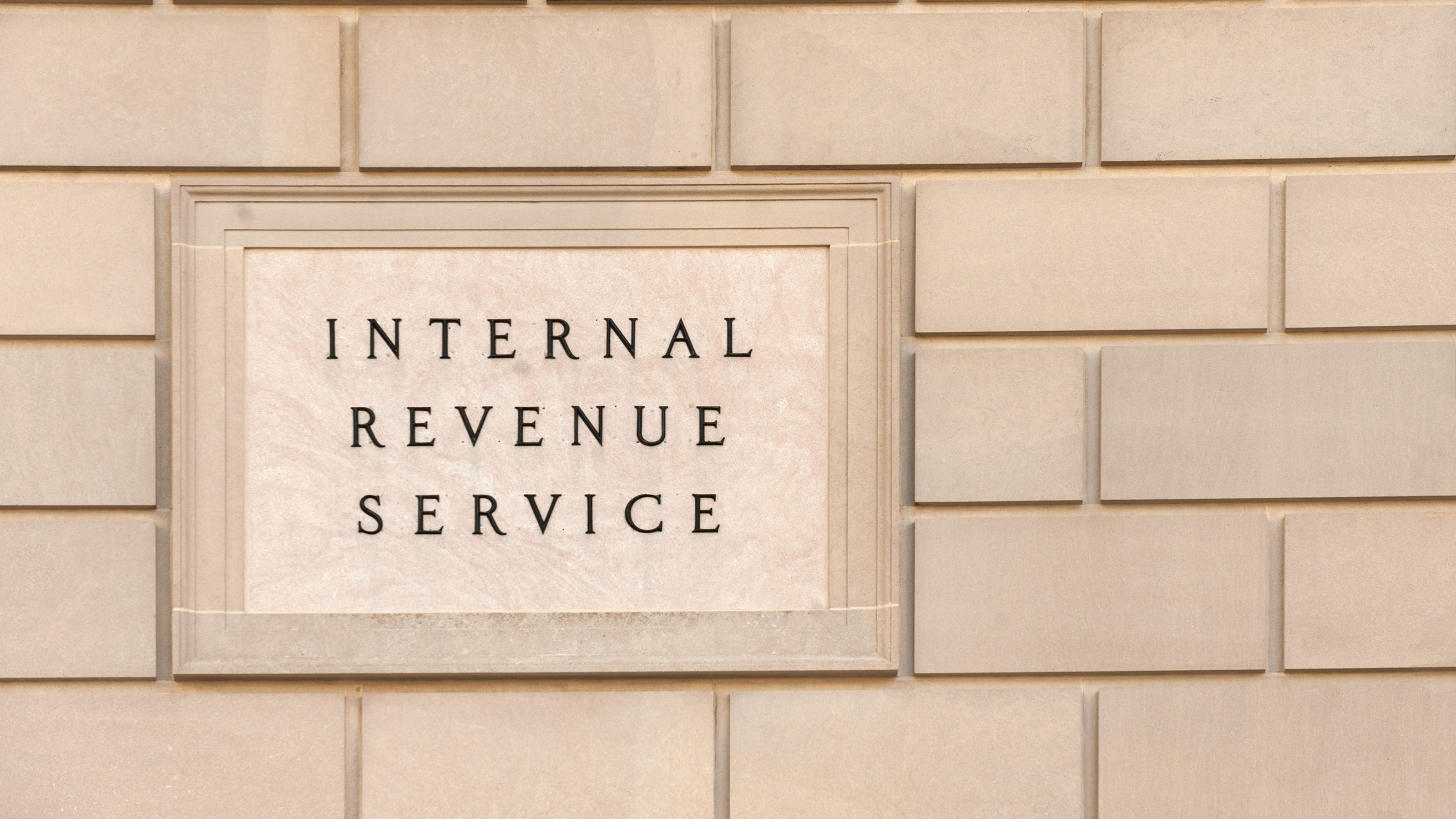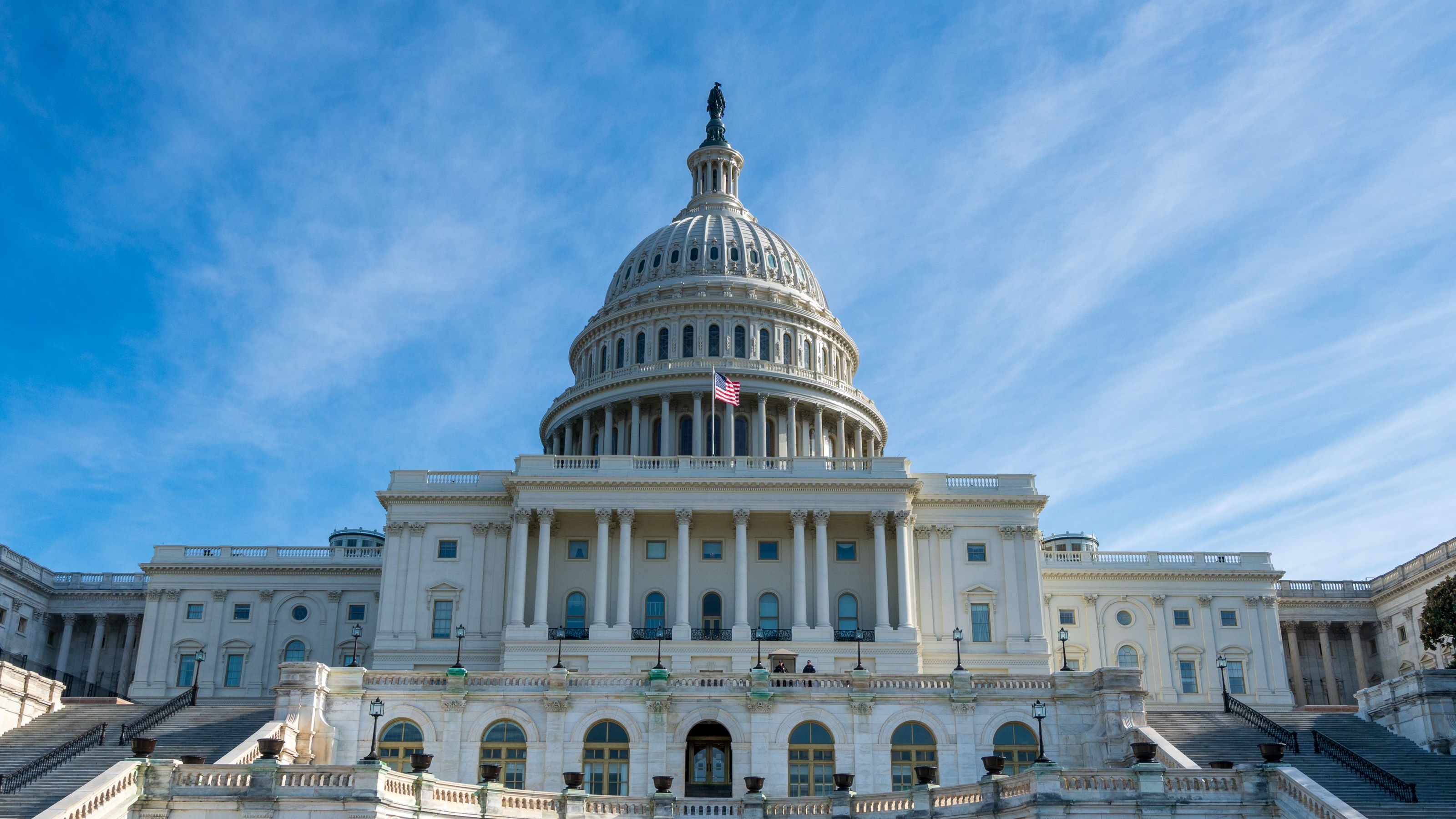The TCJA May Help Nonprofits Next Year: Here’s Why
A potential TCJA extension could help nonprofits. But is it enough to keep up with inflation?


There’s been a lot of talk about the Tax Cuts and Jobs Act (TCJA). As Kiplinger has reported, the Trump administration tax overhaul (also known as the 2017 “Trump tax cuts”) lowered marginal tax rates, almost doubled the standard deduction, and slashed some tax breaks. Some of the law’s provisions were set to expire in 2025.
Update: However, the GOP-controlled White House, Senate, and House have passed reconciliation legislation often called the "One Big Beautiful Bill" (OBBB that extends much of the TCJA.
In the year the TCJA became effective, 46 million filers stopped itemizing due to the standard deduction increase. Since itemized charitable contributions were no longer available to increase deductions for these filers, there was a period of volatility in charitable giving immediately before and after the TCJA was enacted, according to the Tax Foundation.
From just $107.88 $24.99 for Kiplinger Personal Finance
Become a smarter, better informed investor. Subscribe from just $107.88 $24.99, plus get up to 4 Special Issues

Sign up for Kiplinger’s Free Newsletters
Profit and prosper with the best of expert advice on investing, taxes, retirement, personal finance and more - straight to your e-mail.
Profit and prosper with the best of expert advice - straight to your e-mail.
But do itemized deductions directly correlate to gifts to charity? In what ways are the TCJA and charitable giving tied together?
Here are some ways the TCJA extension could help charities, and how you can give back to your local community.
Inflation is impacting charitable giving
According to Giving USA, charitable giving is currently up in terms of dollars, but down when adjusted for inflation. For example, in 2023:
- Individual giving increased 1.6%
- But when adjusted for inflation, donations had actually declined by 2.4%
High inflation typically affects individuals with lower incomes the most.
However, as income levels rise, more and more people make charitable gifts, according to Philanthropy Roundtable, a nonprofit philanthropist network.
Thus, in terms of charitable giving, high inflation can affect those who are more likely to give larger dollar amounts, like high- and middle-income households.
The Roundtable shows that middle-class individuals donate about 2-3% of their money annually, which is nothing to sneeze at, considering that the Pew Research Center reports about 51% of the U.S. population is middle-income.
Even if the relationship between charitable giving and inflation is complex, a negative relationship exists between inflation and monetary donations, as NPR reports.
So perhaps a better question would be: why hasn’t charitable giving declined more due to high inflation’s impact on most of the country?
The TCJA and high-income earners
High-income individuals compose about one-third of all individual gifts in the U.S..
And since high-earners are less likely to be affected by high inflation, TCJA savings can still be used for charitable purposes.
A recent report by the Tax Foundation shows that lower marginal tax rates, like those introduced with the TCJA, have a stronger positive effect on charitable giving than incentivized itemization.
The Foundation also reports that, when the TCJA increased the charitable contribution deduction rate from 50% to 60%, wealthier itemizers may have been encouraged to give more than they had previously.
But upper-income individuals make up only 19% of the U.S. population. So while the majority of folks do not have large amounts of disposable income, there may be more ways you can help slow the decline in inflation-adjusted giving.
More nonprofits but less charitable giving: How you can help
While giving, adjusted for inflation, is on a decline, there is a record-high number of nonprofits. And that number is climbing, according to the U.S. Bureau of Labor Statistics.
Per Giving USA, here are the nonprofit sectors that have seen more than 5% inflation-adjusted growth compared to last year:
- Education grew by 6.7%
- Foundations grew by 10.8%
- Public-society benefit (charities fundraising through government grants or other public means) grew by 7.2%
- Arts, culture, and humanities grew by 6.6%
Giving USA also reported that these segments coincided with the giving priorities of the wealthiest donors. So if you would like to help a charity that may not be a priority for high-income earners, here are a couple of ideas:
- Give to your community’s women’s shelter, toy drive, or food bank
- Volunteer at your place of worship, community hospital, or pet shelter
Data show the highest giving year of all time came just three years after the TCJA was enacted.
The Tax Policy Center estimates that 53% of taxpayers would see an increase in their tax burden if certain provisions in the TCJA had been left to expire.
So, it remains to be seen how these other key issues will be handled in the new year. Though charities may have a reason to cheer a TCJA extension — that is, if inflation goes down.
Related Content
Profit and prosper with the best of Kiplinger's advice on investing, taxes, retirement, personal finance and much more. Delivered daily. Enter your email in the box and click Sign Me Up.

Kate is a CPA with experience in audit and technology. As a Tax Writer at Kiplinger, Kate believes that tax and finance news should meet people where they are today, across cultural, educational, and disciplinary backgrounds.
-
 Nasdaq Sinks 418 Points as Tech Chills: Stock Market Today
Nasdaq Sinks 418 Points as Tech Chills: Stock Market TodayInvestors, traders and speculators are growing cooler to the AI revolution as winter approaches.
-
 23 Last-Minute Gifts That Still Arrive Before Christmas
23 Last-Minute Gifts That Still Arrive Before ChristmasScrambling to cross those last few names off your list? Here are 23 last-minute gifts that you can still get in time for Christmas.
-
 The Rule of Compounding: Why Time Is an Investor's Best Friend
The Rule of Compounding: Why Time Is an Investor's Best FriendDescribed as both a "miracle" and a "wonder," compound interest is simply a function of time.
-
 Law Reversal Looming? Trump Eyes 2026 Gambling Winnings Tax Change
Law Reversal Looming? Trump Eyes 2026 Gambling Winnings Tax ChangeTax Deductions It's no secret that the IRS is coming after your gambling winnings in 2026. But how long will that last?
-
 Trump's Plan to Eliminate Income Tax: 7 Things to Know Now
Trump's Plan to Eliminate Income Tax: 7 Things to Know NowTax Policy The potential consequences of eliminating taxes in favor of Trump tariffs could impact everything from inflation to Social Security and might give some U.S. taxpayers pause.
-
 5 Types of Gifts the IRS Won’t Tax: Even If They’re Big
5 Types of Gifts the IRS Won’t Tax: Even If They’re BigGift Tax Several categories of gifts don’t count toward annual gift tax limits. Here's what you need to know.
-
 The 'Scrooge' Strategy: How to Turn Your Old Junk Into a Tax Deduction
The 'Scrooge' Strategy: How to Turn Your Old Junk Into a Tax DeductionTax Deductions We break down the IRS rules for non-cash charitable contributions. Plus, here's a handy checklist before you donate to charity this year.
-
 IRS Says You Made a Tax Return Mistake? A New Law Could Help You Fight Back
IRS Says You Made a Tax Return Mistake? A New Law Could Help You Fight BackTax Law Updated taxpayer protections change what the IRS must explain on error notices and how long you have to respond.
-
 Is a New $25,000 Health Care Tax Deduction Coming in 2026?
Is a New $25,000 Health Care Tax Deduction Coming in 2026?Tax Policy A proposal from GOP Sen. Josh Hawley adds to the chatter about health care affordability.
-
 Costco Sues Over Trump Tariffs: What Could That Mean for Prices in 2026?
Costco Sues Over Trump Tariffs: What Could That Mean for Prices in 2026?Tariffs The retailer is making headlines not just for its famous hot dog and gold bars but for suing the Trump administration over tariffs.
-
 Social Security Benefits Quiz : Do You Know the IRS Tax Rules?
Social Security Benefits Quiz : Do You Know the IRS Tax Rules?Quiz Social Security benefits often come with confusing IRS tax rules that can trip up financially savvy retirees and near-retirees.